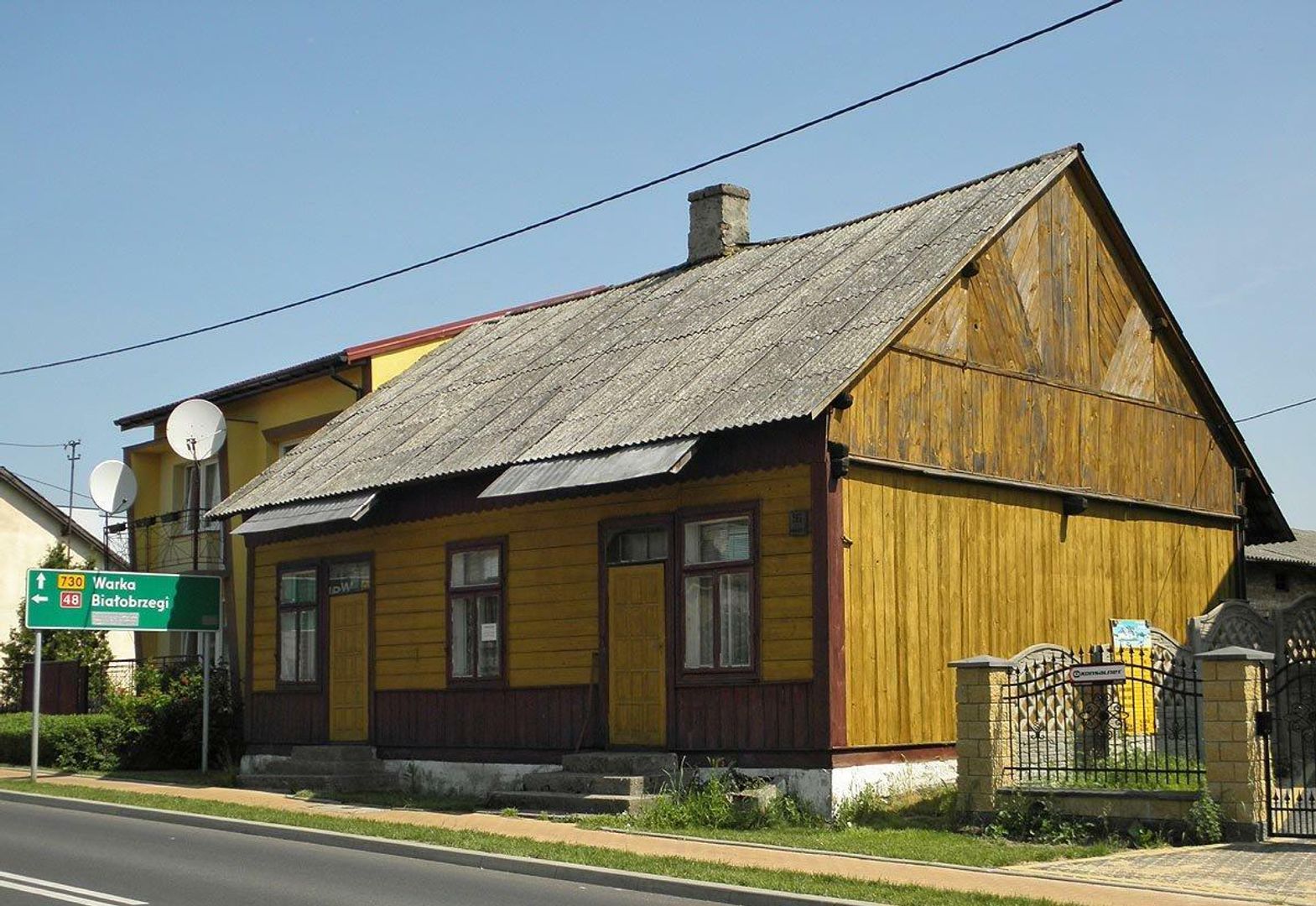Głowaczów
6.11

Overview
Głowaczów is a town in Poland, located in the Masovian Voivodeship, within Kozienice County. It is a historical center with a rich past, having received town rights in 1445, which were revoked in 1870. In 2024, it regained its town status. The main architectural landmarks include the Church of St. Lawrence, built between 1956 and 1966, and a 19th-century parish cemetery. The town is known for its pottery traditions and historical significance as a center for weaving and trade. An interesting feature is the Józef Piłsudski Mound, built by local residents in 1935. Głowaczów is also home to a Jewish cemetery, which bears witness to the centuries-long presence of Jews in the region. The town's history includes significant events such as the Battle of Głowaczów in 1939 and fighting during World War II, which caused extensive destruction. Głowaczów was also a settlement for Jews, who formed an independent religious community. After the war, the Gmina Głowaczów (municipality) was established. From a cultural perspective, sports clubs such as KS Legion Głowaczów and UKS Jastrząb Głowaczów stand out, with numerous achievements to their name. Educational institutions in the area include the Tadeusz Kościuszko Public Primary School and a Non-Public High School for Adults. Located in picturesque Masovia, Głowaczów benefits from its natural surroundings, such as the Kozienice Forest, making it an attractive place for both residents and tourists.
Location
2025 Wizytor | All Rights Reserved